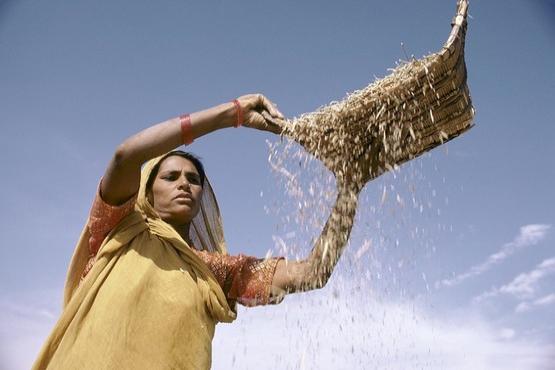Project Overview
India, the world's largest rice exporter, faces environmental challenges related to high levels of greenhouse gas emissions and resource depletion within its food system.
Sites:
Chhattisgarh, Odisha
Commodities:
Rice, wheat
Area Covered:
78,716 hectares
Executing Partner and GEF Implementing Agency:
Food and Agriculture Organization of the United Nations

Project features
This project aims to transition resource-intensive rice-wheat cropping, which results in high levels of greenhouse gas emissions due to burning crop residues, to healthy ecosystems.
Supported by already extant policies, cross-sector sustainability provisions will be integrated into food systems and planning frameworks, farmer and community capacities will be enhanced.
Through integrated management, natural habitats will be restored to support production systems, capacity development and monitoring and evaluation will be improved.
Private sector engagement will focus on developing partnerships to promote industry standards for sustainable production.
The project will also rely on the public sector, building on government of India investments in target landscapes, focusing primarily on promotion of agricultural production and productivity.

Sifting grain in India. By Ray Witlin/World Bank







